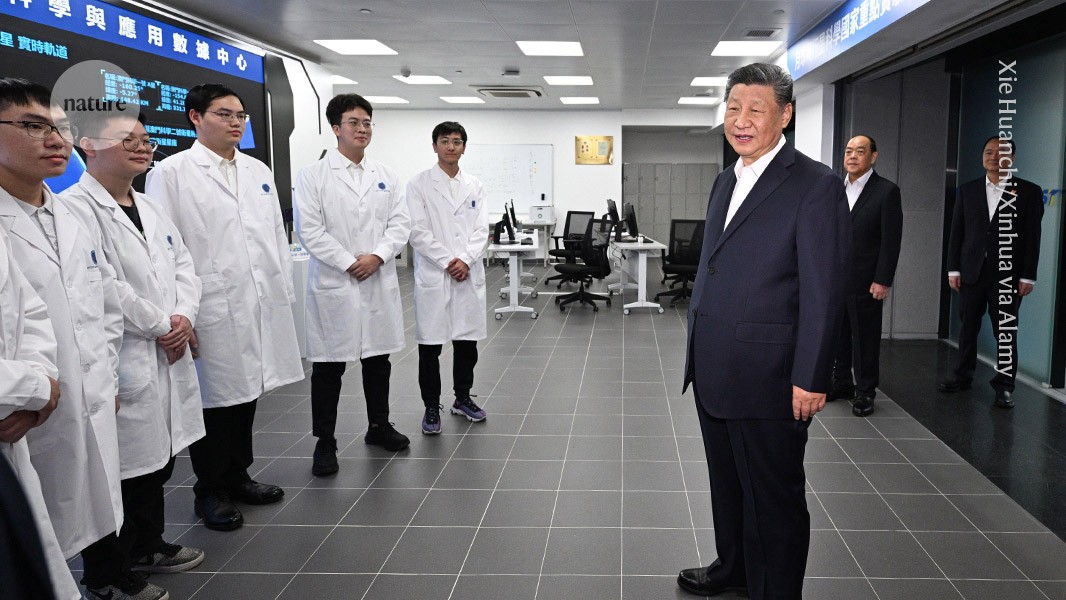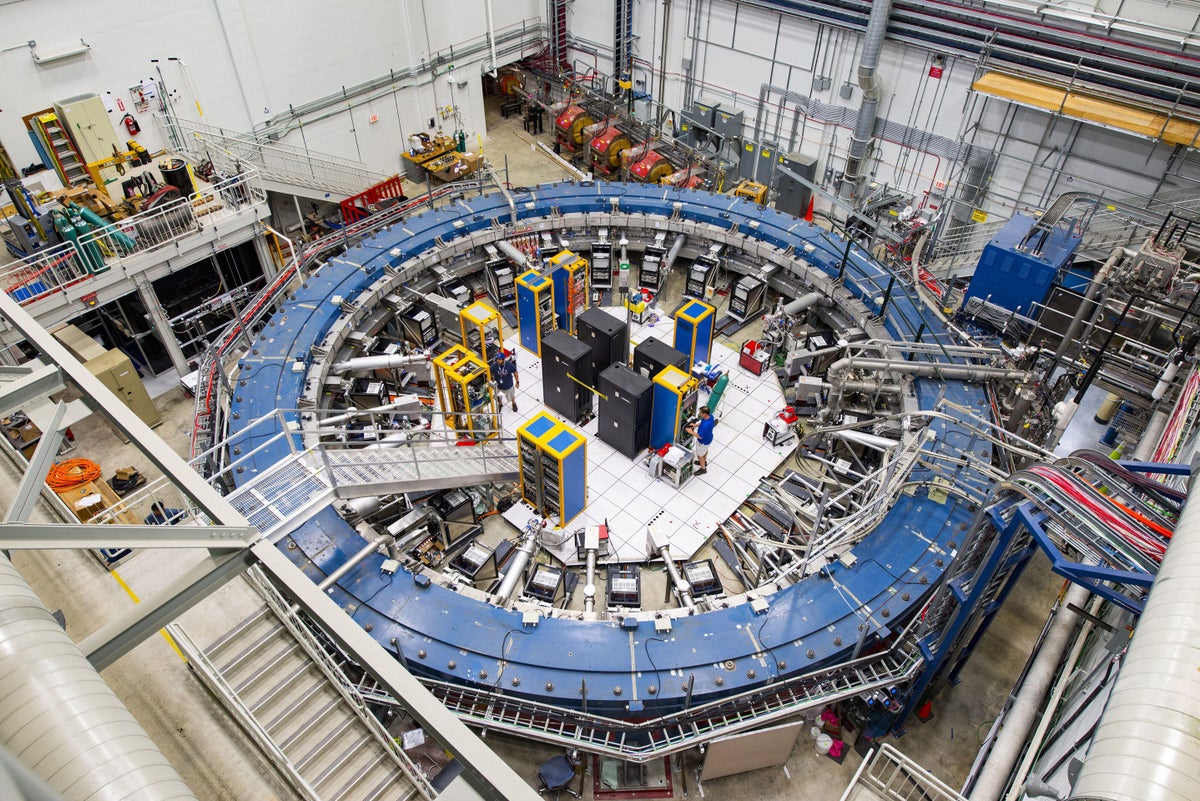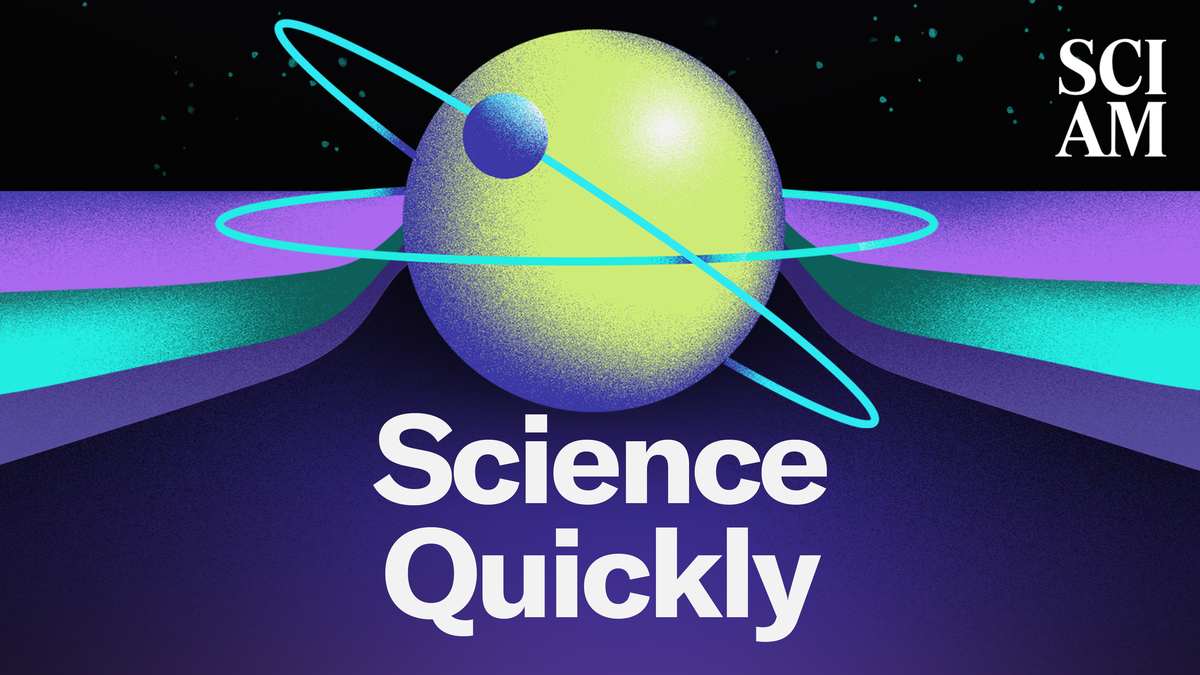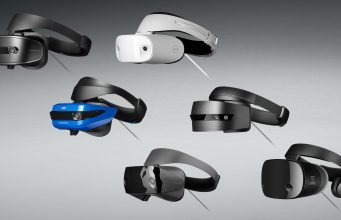After the Hype: Why Healthcare’s Next AI Push Will Be About Empowerment
The following is a guest article by Joy Avery, MSN, RN – Senior Vice President, Clinical Strategy at CipherHealth Healthcare’s AI gold rush is at a crossroads. At board meetings across the country, AI has become a strategic mandate—a signpost of innovation and forward thinking. At the same time, it is also in danger of […]
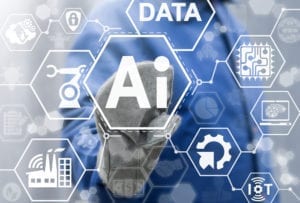
 The following is a guest article by Joy Avery, MSN, RN – Senior Vice President, Clinical Strategy at CipherHealth
The following is a guest article by Joy Avery, MSN, RN – Senior Vice President, Clinical Strategy at CipherHealth
Healthcare’s AI gold rush is at a crossroads.
At board meetings across the country, AI has become a strategic mandate—a signpost of innovation and forward thinking. At the same time, it is also in danger of becoming a buzzword that fails to deliver on its promise.
Fatigue around “AI for AI’s sake” has set in. The question is no longer “What can AI do?”—it’s “How does this help our people deliver better care?”
The wave of AI in healthcare will be shaped by empowerment—and by solutions that make healthcare more human, not less.
From Hype to Human-Centered AI
In the early phases of adoption, many AI purchasing decisions were driven by technical potential: predictive analytics, faster processing, and automation of administrative tasks. These capabilities are powerful. But they can only take us so far on their own.
As a result, some early implementations created unintended consequences: added complexity, increased documentation burden, and workflows that felt more rigid rather than freeing. Technology became yet another barrier between providers and their patients—the exact opposite of what healthcare should be striving for.
Today, healthcare leaders recognize that if AI doesn’t enhance the experience of delivering care, it risks eroding trust rather than building it. They also know that to deliver value, clinicians must be a part of the process from the beginning to ensure that AI fits into workflows, enhances, decision-making, and improves, rather than complicates, the experience of care.
The calculus has shifted: AI must empower clinicians, not sideline them.
The guiding question for the next era isn’t “What can the technology do?” It’s “How does it make it easier for clinicians to spend more meaningful time with patients, not less?”
What Empowerment Looks Like in Practice
Reducing Administrative Burden
One of the most immediate and apparent ways AI can empower care teams is by lifting the heavy administrative load that can keep them away from the bedside. Automating routine communications like appointment reminders, medication instructions, and post-discharge follow-ups allows clinicians and support staff to spend less time chasing logistics and more time delivering meaningful care. Additionally, AI can be used to surface relevant insights during a bedside conversation, cutting down the amount of time doctors need to spend preparing for a conversation and enabling in-the-moment interactions that feel more personalized and informed.
When AI is used to handle the right tasks at the right moment in the patient journey, it can transform experiences for patients as well as clinicians. Instead of navigating disconnected systems or making manual outreach calls, providers are freed to focus on high-value interactions that demand their expertise and human touch. Patients, meanwhile, are proactively served information they need, when they need it.
Unlocking Actionable Insights
Every patient interaction is a wellspring of information. Aside from clinical information, providers have the opportunity to learn about patient preferences, concerns, barriers to care, and more. But that data alone isn’t helpful if it’s overwhelming. In fact, too much unfiltered information can make clinical work harder, not easier.
AI’s true value lies in both ingesting those contextual data points and surfacing the right insights at the right time. Predictive risk models that flag the patients most likely to miss follow-ups or experience complications can help prioritize outreach. Natural language processing, meanwhile, can highlight recurring patient concerns before they escalate into adverse events.
By giving clinicians clear, actionable intelligence over raw data, AI supports faster decision-making, early intervention, and more personalized care, without burdening staff with another layer of complexity.
Guardrails for Human-Centered AI
To truly empower care teams, AI solutions must be built with clinicians, not just for them. That means:
- Workflow Integration: Technology must fit naturally into clinical workflows, not require extra steps or constant context-switching
- Top-of-License Support: AI should prioritize and elevate clinical work, ensuring that providers focus on activities that only they can perform
- Transparency and Explainability: Clinicians need to trust the recommendations AI offers—which means understanding how and why decisions are made, not relying on opaque “black box” systems
A New Measure of Success
Healthcare leaders are recognizing the new markers of success for AI deployments in healthcare, and it isn’t measured solely by the number of tasks automated or algorithms deployed. Instead, success should be defined by something more meaningful:
- Are clinicians spending more meaningful time at the bedside, connecting with patients?
- Are patients more informed, engaged, and empowered in their care?
- Are administrative burdens being lifted, not added?
- Are care decisions being made faster, more accurately, and with greater compassion?
The organizations that will lead the next era of healthcare won’t be the ones that chase the newest technology. They’ll be the ones that put their people first—clinicians and patients alike—and demand that every tool, including AI, do the same.
The goal isn’t to automate healthcare. It’s to elevate it. And that starts by designing AI solutions that protect what matters most: the human connection at the heart of care.
























































